Members of the once powerful Habsburg family wore the royal crown of Bohemia for almost 300 years. In selected castles and chateaus, the Habsburgs - Home in the Czech Lands project is once again shining a light on their eminent legacy. Sovereigns such as Rudolf II, Maria Theresa, Franz Joseph I and Charles I left their mark in this country. And, incidentally, do you know where a lift was installed for the emperor in his dotage? And where gold was made?
Rudolf II: The emperor who loved art and science
Rudolf II, known as a great patron of art and science, made Prague the centre of European culture and learning at the turn of the 16th and 17th centuries. During his reign, the finest alchemists, astronomers and artists gathered at Prague Castle. Rudolf's fascination with the occult and his passion for collecting turned Prague Castle into a treasure house packed with curiosities, alchemy and works of art from all over the world. Unfortunately, owing to the ravages of war, Rudolf's collections have not been preserved in their entirety, but even so, you’ll still find places in Prague that are redolent with the atmosphere of that era. The Mannerist Spanish Hall, for example, was built to house the valuable collections. It is now part of the grand premises of the Castle and is not open to the public during regular tours, but you take a tour of Prague Castle itself almost every day of the year and choose an audio guide in many languages.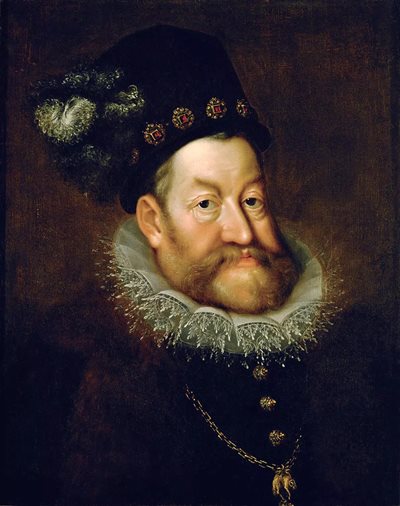
Want to experience something magical from the era of Rudolf II? Visit the Speculum Alchemiae authentic alchemist's laboratory in Haštalská ulice in Prague's Old Town! A walk through these places will take you back to the times when science and magic were as one. Legend has it that wise men once discovered the philosopher's stone there and figured out a way to make gold! The workshop was found in a cellar after extensive flooding in the centre of Prague in 2002. It has since been tastefully restored and houses an alchemy museum and a shop selling original herbal elixirs made according to 16th-century recipes.
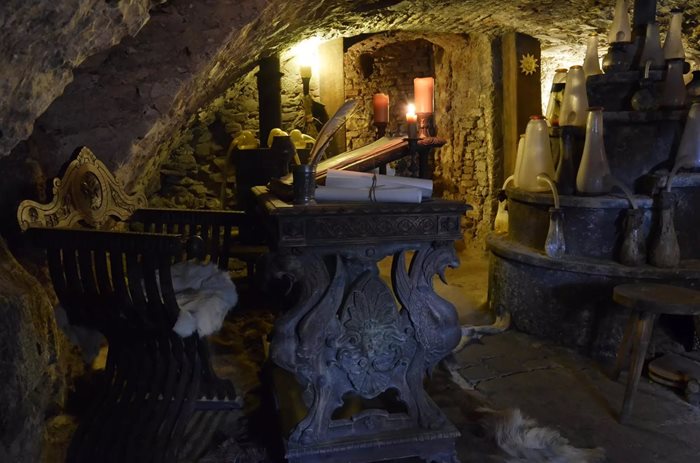
Maria Theresa: Reformer and builder
Maria Theresa, the only woman to sit on the Habsburg throne, was famous for her reforms that affected the entire monarchy. She strove to ensure that children of all social classes attended school, thus laying the foundations of the modern education system, which in its modernised form is still in place today. If you want to visit an authentic period rural school classroom, take a trip to the open-air museum in Rožnov pod Radhoštěm, where you or your children can see what it was like to sit at school desks 150 years ago!Prague Castle is still closely connected with Maria Theresa. During her reign, the various old and tall buildings were united, and the castle was transformed into a grand chateau. It was Maria Theresa that gave Prague Castle the appearance that we admire to this day.
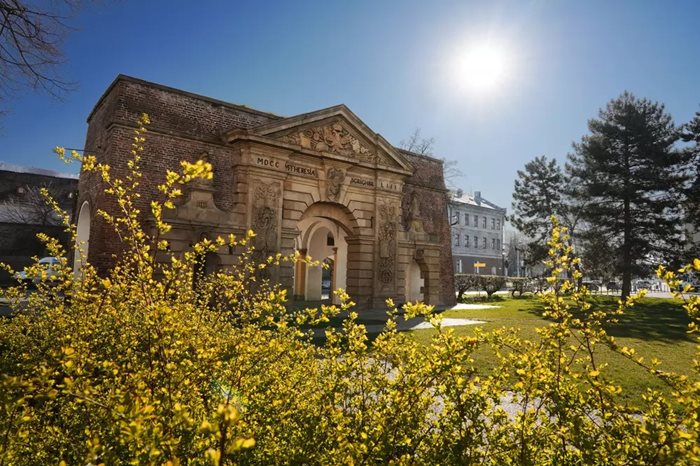
Ferdinand V: Retired emperor
When, a hundred years after Maria Theresa's reign, the Czech king Ferdinand V of Habsburg abdicated in order to pass on the throne to the younger generation, he and his wife retired to Ploskovice Chateau in North Bohemia. And you can visit this chateau too! Be sure to take the new tour route, which commemorates the imperial couple and shows the original furnishings and decorations of all the rooms as they were furnished by the retired Austrian Emperor and King of Bohemia between 1852 and 1853. You can also see the newly renovated piano nobile.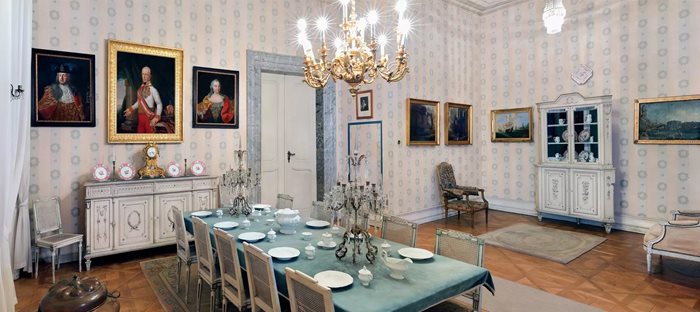
Another home of theirs was Zákupy Chateau, also in North Bohemia. Today, the chateau interiors have been adapted based on period photographs to look as the Habsburgs themselves knew them, and you’ll learn plenty of fascinating things on the tour. And pay attention as you walk around, as they might even show you the oldest passenger lift in the country, dating from 1870!
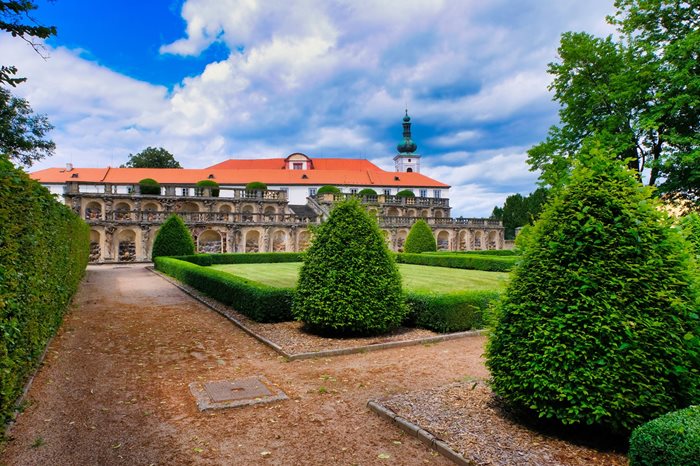
The last sovereigns
Only two monarchs reigned after Ferdinand V. He was succeeded by Franz Joseph I, who, after spending 68 years on the throne, is still one of the longest reigning monarchs in the world. Did you know that we have the National Theatre in Prague because Franz Joseph I and his family contributed money from their own coffers to fund its construction?
His successor was Charles I, the last emperor of the Austro-Hungarian monarchy and the last king of Bohemia. He acceded to the throne during the First World War and his efforts to reform and preserve peace came too late. One place well worth visiting is the chateau in Brandýs nad Labem in Central Bohemia, his private residence, where he and his wife lived before he became king.












